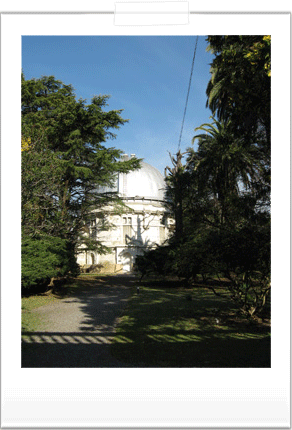
Grupo de Investigación
Modelos de Estrellas Peculiares
Modelos de Estrellas Peculiares
 An open question is the energy balance, when one takes into account that regions with increasing velocity and temperature may exist, together with regions with negative accelleration and cooling.
An open question is the energy balance, when one takes into account that regions with increasing velocity and temperature may exist, together with regions with negative accelleration and cooling.
The MEP group has tested models with different temperature and velocity distributions when searching for rigorous solutions of the Radiative Transfer problem. For the radiation field the methodology applied is, either the comoving-frame (Catalá & Kunasz A&A 174, 158, 1987) or the implicit integral (Crivellari & Simonneau Ap.J. 489, 331, 1997).
The results obtained through these numerical experiments are,
- a chromospheric structure very close to the photosphere and a spherical symmetric wind reproduce a P Cyg profile or a double peaked emission depending on the values of the velocity gradients at the base of the wind (Cidale & Ringuelet Ap.J. 411, 874, 1993),
- under similar conditions, free-free emission may contribute fundamentally to the IR excess and does give origin to limb-brightening (Vázquez et al. Ap.J. 419, 286, 1992),
- models of the kind provide line profiles of HeII that satisfy Walborn's spectral luminosity sequence for O stars (Venero et al. Ap.J. 578, 450, 2002),
- these models, together with some other ones including an isothermal envelope -all of them computed in 2D-, permit to obtain the double Balmer discontinuity observed in several cases (Torres -PhD.Thesis- 2008),
- the chromospheric structure plus a magnetic field, allowed the understanding of the double absorptions of CaII in HD 190073 (Cuttela & Ringuelet MNRAS 246, 20, 1990).

